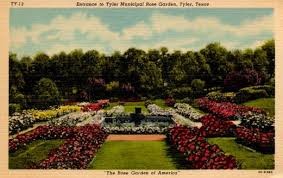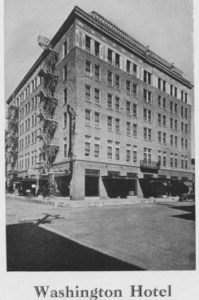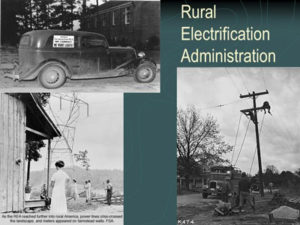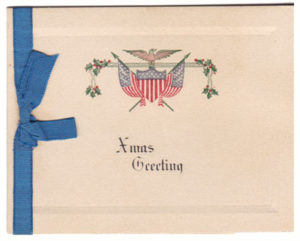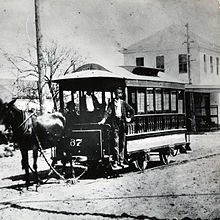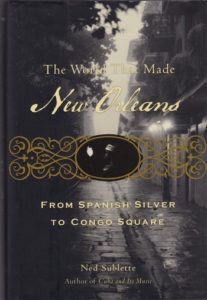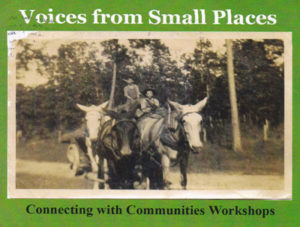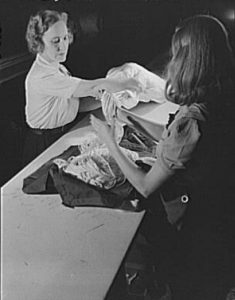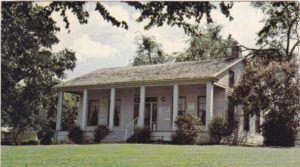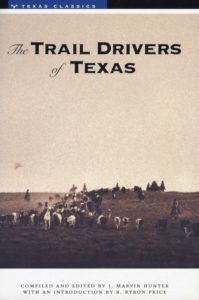I get spring fever about this time every year. The drab, gray skies we’ve had this year have really made me think about the redbud and dogwood trees blooming. Before we know it, the grass will start turning green, trees will leaf out, and it will be time for a road trip.
One of my favorite road trips from Greenville is down US Highway 69 to Diboll and then up US 59 through Nacogdoches to Marshall, Longview, and home. Plan to take at least two day to enjoy all the uniqueness and beauty of East Texas.
I go south down 69 to Mineola, a quaint, delightful town with great places to get a mid-morning breakfast. Amtrak comes through there on its way to Dallas. One of the Beckham Hotels is across the street from the depot and hasn’t changed much since around 1900.
From Mineola head to Tyler, the Rose Capital of Texas along with a fantastic Azalea Trail. Springtime is the time to see Tyler. But don’t miss Caldwell Zoo on the north side of town. It’s a very good zoo for a town this size. If camping is your thing, you might want to try out Tyler State Park.
Leaving Tyler follow US Highway 69 south to the town of Jacksonville. Just before you arrive in Jacksonville, you will see Love’s Lookout on the left. Drive down the narrow road and enjoy the beautiful scenery below. Jacksonville was/is a big railroad town. It taunts its famous tomatoes; along the streets in town you see lots and lots of ceramic or concrete orbs painted tomato red. If it’s in the right season, stop at a fruit stand for some of the best tomatoes imaginable.
Don’t blink when you go through Alto, the home of Indian Mounds and a Neches Indian village. Turn west and follow the Old San Antonio Road (OSR) a short distance to an interesting exhibit. Return to Alto and turn right to get back on US Highway 69.
Before long you will arrive at Lufkin, an important timber town. Again there is a neat zoo, the Ellen Trout Zoo and Park, to take the children. All ages will enjoy the Texas Forestry Museum, something we in other parts of the state often overlook. Another excellent museum in Lufkin is the Museum of East Texas.
Keep going south on US Highway 69 for a little bit until you reach the small town of Diboll with an extraordinary museum and research center. Diboll History Center is the place to go to learn about life in a logging town. They also hold a fascinating archive of the logging industry.
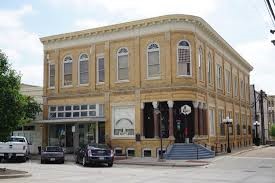
Gregg County History Museum in Longview, one of the best county histories around.
(commons.wikimedia.org)
Now it’s time to head north. You might want to spend the night in Lufkin before heading up US Highway 59 to Nacogdoches, the Oldest Town In Texas; it claims to be 300 years old. From there go to Kilgore and visit the East Texas Oil Museum, and the Rangerettes’ Drill Team Museum.
Just north of Kilgore is Marshall, home of Wiley College, known for its amazing debate team and for being the first African American College in Texas. During the Civil War Marshall served at the capitol of the Confederate State of Missouri.
Longview is another prosperous oil and gas town. It has a lovely Museum of Fine Arts, parks, and an incredible Gregg County Historical Museum. Now you are probably getting tired, so turn west on Highway 80 and head to Mineola. From there it is a hop, skip, and jump to Greenville. Bon Voyage!

